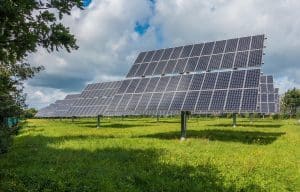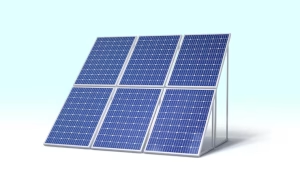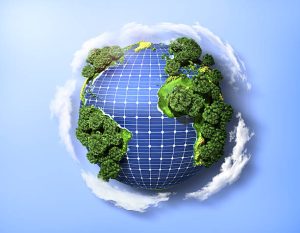کشورهای پیشرو در توسعه انرژی خورشیدی در سال ۲۰۲۴
In recent years, many countries have made significant investments in the development of solar energy. Here, we take a look at the leading countries in this field:
China: The Undisputed Leader
- Installed Capacity: 430 GW (Over 35% of Global Capacity)
- Future Plans: Targeting 1,200 GW by 2030
- Key Highlights:
- The World’s Largest Solar Panel Manufacturer
- Development of Floating Solar Farms
- Investment in New Technologies such as Perovskite
United States of America
- Current capacity: 142 GW
- Annual growth: approximately 15%
- Features:
- Incentive policies such as tax credits
- Development of large-scale projects in California and Texas
- Focus on energy storage
India: Explosive Growth
- Current capacity: 72 GW
- Development plans:
- Target of 280 GW by 2030
- Large projects in Rajasthan and Gujarat
- Challenges:
- Need for distribution network development
- Project financing
Japan: Advanced Technology
- Installed capacity: 78 GW
- Unique features:
- Extensive residential solar systems
- Development of high-efficiency panels
- Utilization of limited urban spaces
Germany: The European Model
- Solar energy share: approximately 10% of total electricity production
- Installed capacity: 67 GW
- Strengths:
- Sustainable incentive policies
- Wide citizen participation
- Integration with other renewable energy sources
Australia: Rapid Growth
- Home system installation rate: one of the highest rates worldwide
- Total capacity: 29 GW
- Success factors:
- Abundant sunshine
- Supportive government policies
- Public culture embracing clean technologies
Brazil: The Rising Star
- Annual growth: over 30%
- Current capacity: 24 GW
- Advantages:
- Excellent solar resources
- Open energy market
- Cost reduction
Saudi Arabia: Ambitious Plans
- Mega projects:
- 2.6 GW Sudair Power Plant
- Target of 40 GW by 2030
- Motivations:
- Diversifying the energy mix
- Reducing domestic oil consumption
Vietnam: Asian Success
- Impressive growth: from 105 MW in 2017 to 18.5 GW in 2023
- Key factors:
- Incentive tariffs
- Private sector participation
- Growing energy demand
South Africa: Leading in the African continent
- Installed capacity: 6.2 GW
- Plans:
- Increase the share of renewables to 25% by 2030
- Challenges:
- Distribution network issues
- Need for increased investment
Global trends:
- Cost reduction: 82% decrease from 2010 to 2023
- Global capacity growth: projected to reach 3 terawatts by 2027
- Innovations: development of perovskite, floating systems, and building-integrated solutions
Challenges ahead:
- Need for smart grid development
- Improvement of energy storage systems
- Recycling cycle of used panels
- Competition with other energy sources
These countries, by adopting appropriate policies and targeted investments, have achieved significant progress in solar energy. Their experiences can be valuable for other countries, including Iran.




